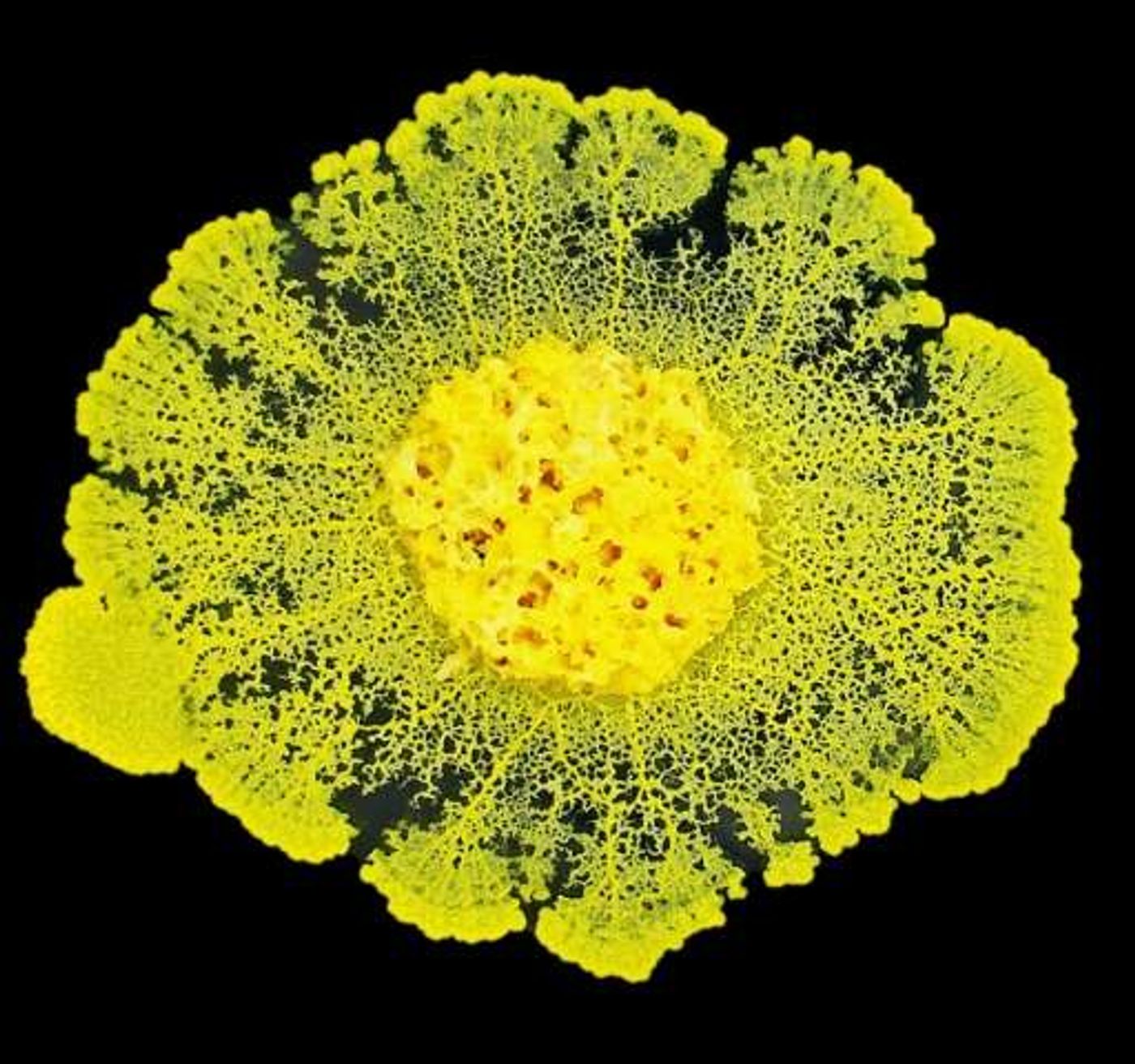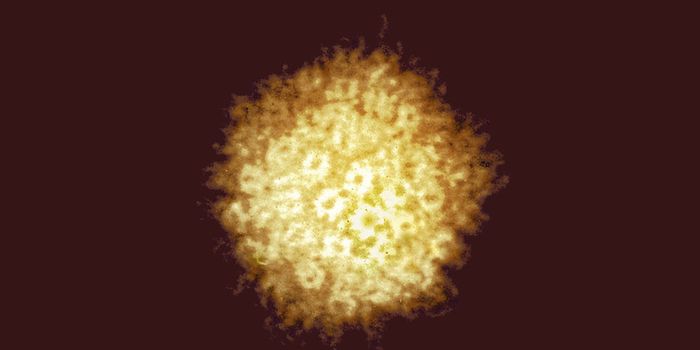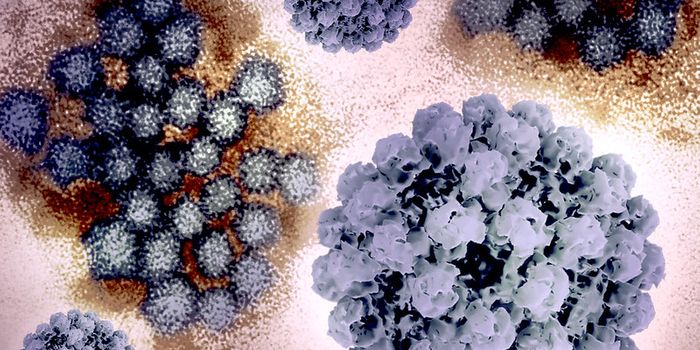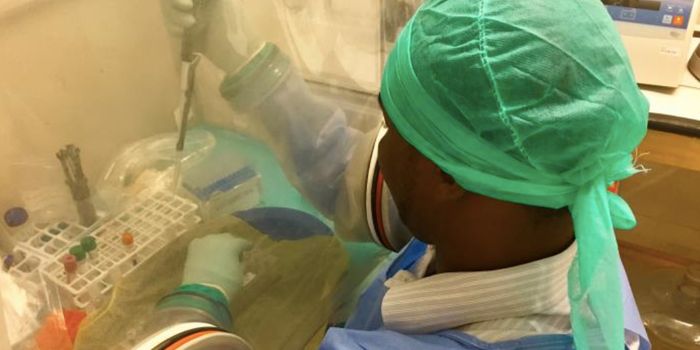Better Know a Microbe: Physarum
Physarum polycephalum is the smartest slime mold you’ll ever meet. Really, though - this humble blob can solve problems and even teach its fellow slime molds to do the same.
“Slime mold” is really a catch-all term for unicellular eukaryotic organisms that aggregate to form multicellular reproductive structures. Physarum is a genus of plasmodial slime molds grouped within phylum Amoebozoa. Although they used to be classified as fungi, slime molds aren’t really molds at all.
Plasmodial slime molds like P. polycephalum spend most of their time as big slimy blobs, for lack of a better description. These growths are formed when many individual flagellated cells aggregate together. They fuse together into what is essentially one large cell - many nuclei connected by protoplasmic veins of cytoplasm. The cellular slime molds, on the other hand, live their lives as single-celled amoeboid protists, although they can also aggregate into a swarm.
P. polycephalum is bright yellow and hangs out in cool, shady, wet areas - the forest floor, for example. I often see slime molds bloom in my yard after a heavy rain. Slime molds typically feed on bacteria and fungal spores; they eat by surrounding their food and secreting digestive enzymes.
The most interesting thing about slime molds, and P. polycephalum in particular, is its remarkable intelligence. Yep, I said it. Slime molds are intelligent.
First of all, they have a memory. When slime molds move through the environment, they leave a trail of slime that researchers think helps them build spatial memory. Researchers at the University of Sydney built a U-shaped trap with a sugar solution at its end - if the slime mold navigated the trap, they got a sugary reward. They found that 96% of the specimens tested made it through the trap in under 120 hours (they’re slow movers, after all). However, if the researchers coated the entire trap with slime before introducing the specimens, they were not able to find the sugar solution before the time limit was up.
In addition, they are pretty darn good at solving problems. For example, P. polycephalum can determine the shortest route between itself and a food source (I know I can). A number of papers have been published in which investigators laid out food items to match the layout of Tokyo landmarks or major UK highway systems. They wanted to see how effectively the slime molds traveled from one food landmark to the other - in most instances, the slime molds constructed a network similar to the existing public transport systems.
Finally, researchers from CNRS (the Research Centre on Animal Cognition) found that slime molds can actually teach each other. The report, just published in the Proceedings of the Royal Society B, elaborates on a previous project in which they taught slime molds to move across repellent, but harmless, substances - things like quinine, coffee, or salt.
The group took 2,000 P. polycephalum specimens and trained them to cross a salt bridge to reach food. These were called “habituated” slime molds. Then, they took another 2,000 specimens and had them cross a bare bridge (no salt) to reach their food. They called these the “naive” slime molds. Then, they divided the specimens into habituated, naive, or mixed groups. The slime molds fused together when paired (a natural behavior). The researchers tested each fused group to see how quickly they would cross the salt bridge to reach food.
What they found was quite remarkable - any group that had contained a habituated specimen crossed the salt bridge just as fast as a habituated specimen alone! They went a step further and separated the fused specimens and found that only naive specimens that had been fused to habituated specimens crossed the salt bridge. The researchers take this as proof of learning. Now the trick is to figure out how the slime molds pass their learning to other individuals.
Source: National Geographic, Discover Magazine, Proceedings of the Royal Society B, Encyclopedia of Life, University of California Berkeley, Wikipedia









